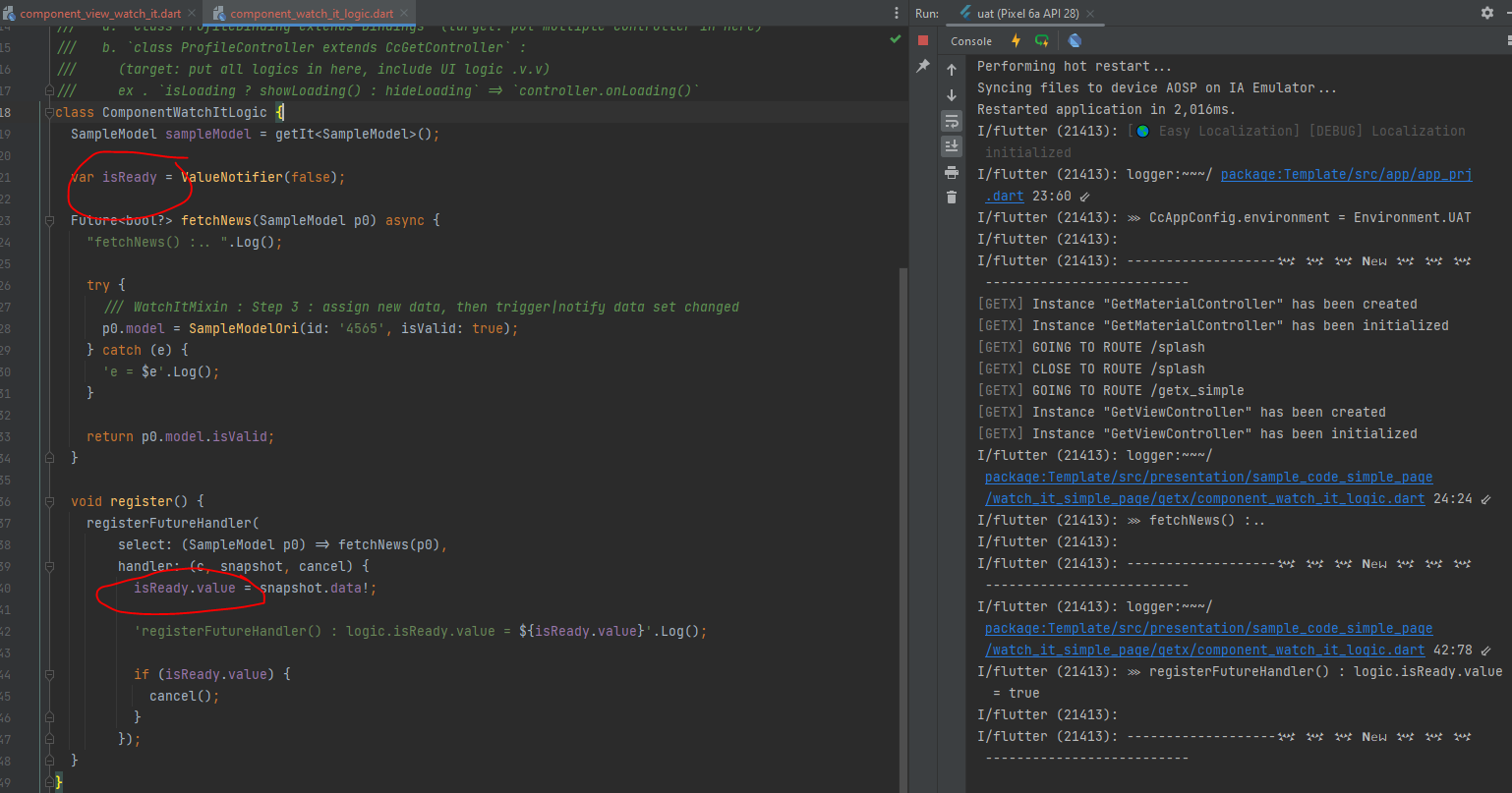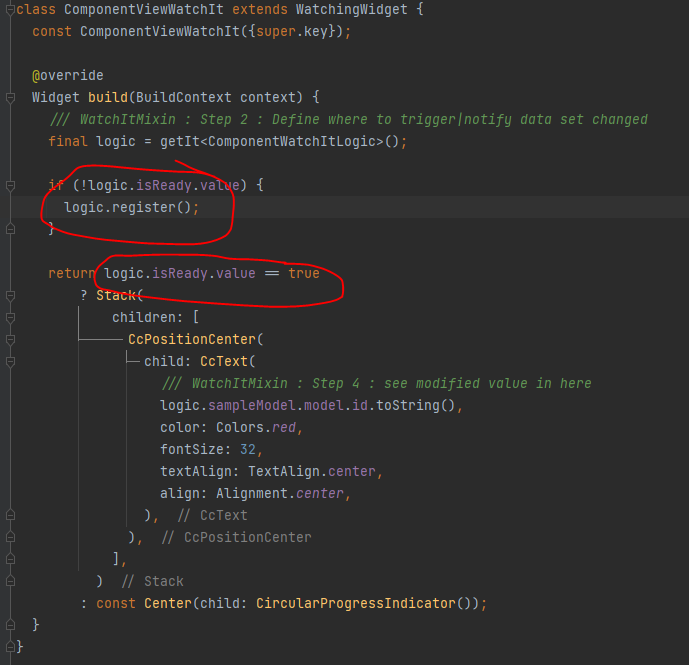The build method is designed in such a way that it should be pure/without side effects. This is because many external factors can trigger a new widget build, such as:
- Route pop/push
- Screen resize, usually due to keyboard appearance or orientation change
- The parent widget recreated its child
- An InheritedWidget the widget depends on (
Class.of(context) pattern) change
This means that the build method should not trigger an http call or modify any state.
How is this related to the question?
The problem you are facing is that your build method has side effects/is not pure, making extraneous build calls troublesome.
Instead of preventing build calls, you should make your build method pure, so that it can be called anytime without impact.
In the case of your example, you'd transform your widget into a StatefulWidget then extract that HTTP call to the initState of your State:
class Example extends StatefulWidget {
@override
_ExampleState createState() => _ExampleState();
}
class _ExampleState extends State<Example> {
Future<int> future;
@override
void initState() {
super.initState();
future = Future.value(42);
}
@override
Widget build(BuildContext context) {
return FutureBuilder(
future: future,
builder: (context, snapshot) {
// create some layout here
},
);
}
}
I know this already. I came here because I really want to optimize rebuilds
It is also possible to make a widget capable of rebuilding without forcing its children to build too.
When the instance of a widget stays the same; Flutter purposefully won't rebuild children. It implies that you can cache parts of your widget tree to prevent unnecessary rebuilds.
The easiest way is to use dart const constructors:
@override
Widget build(BuildContext context) {
return const DecoratedBox(
decoration: BoxDecoration(),
child: Text("Hello World"),
);
}
Thanks to that const keyword, the instance of DecoratedBox will stay the same even if the build was called hundreds of times.
But you can achieve the same result manually:
@override
Widget build(BuildContext context) {
final subtree = MyWidget(
child: Text("Hello World")
);
return StreamBuilder<String>(
stream: stream,
initialData: "Foo",
builder: (context, snapshot) {
return Column(
children: <Widget>[
Text(snapshot.data),
subtree,
],
);
},
);
}
In this example when StreamBuilder is notified of new values, subtree won't rebuild even if the StreamBuilder/Column does.
It happens because, thanks to the closure, the instance of MyWidget didn't change.
This pattern is used a lot in animations. Typical uses are AnimatedBuilder and all transitions such as AlignTransition.
You could also store subtree into a field of your class, although less recommended as it breaks the hot-reload feature.



.valueand unwanted widget build or thebuildmethod needing to be pure. – Sandor